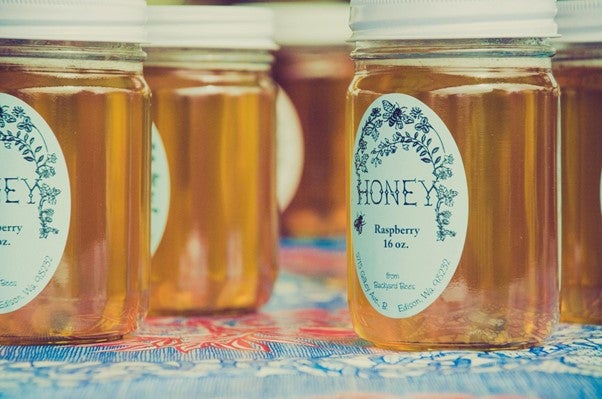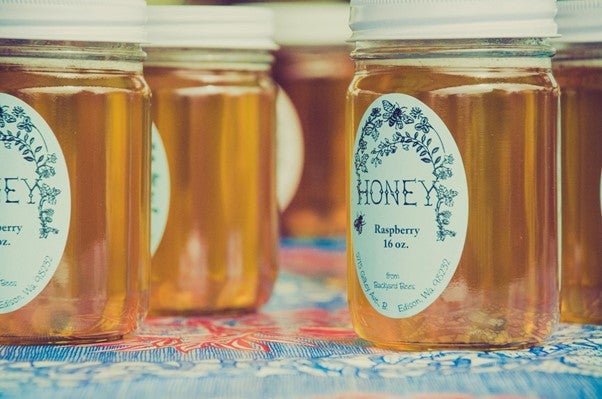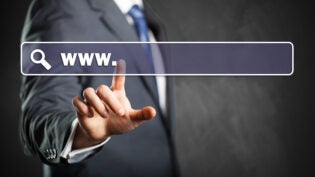How To Choose The Right Label Material for Your Product
By: Hari Babu

Product labels are a consistent feature across all industries. It is vital for reflecting the necessary information and details of a product as well as the manufacturer or distributor. And when one considers the large amount of label materials available, deciding how to choose the right label material for your product can be a daunting task.
Thankfully, your selection can be narrowed down by considering a few important factors and features that will influence the label materials, finishes, and final product application.
https://unsplash.com/photos/l8MNr08fUO8
Film vs. Paper Labels
Film labels are made from synthetic materials, like vinyl, polypropylene, polyamide, and polyester, making them more flexible and durable to use compared to paper. They are available in transparent designs for those wanting to achieve the chic ‘no label’ finish. Clear matte labels can be designed with frosted finishes for a stylish twist.
They have a flexible structure and can better conform to any surface or unusual container shape. Additionally, they offer more resistance to water, varying temperatures, chemicals, tearing, and fading, making them well-suited for heavy-duty applications.
Paper labels have a paper base but are available in a wide array of thicknesses and colors, with varying coatings and finishes. They are perfect for achieving the vintage and homemade style and can be found in a wide variety of colors, from bright and bold to soft pastels.
Because they can withstand extreme heat during the printing process, the label is able to hold ink much better, producing a sharp and clear final product. Although they are cheaper than film, they have a shorter lifespan and do not offer the same resistance to environmental factors and damage.
Additional Features
Aside from the two primary label materials of film and paper, labels can be further categorized based on their additional features and finishes. These factors will influence how the final design will look on products and how it stands up to the wear and tear of usage.
Opaque
Opaque materials prevent the transmission of light. They are perfect for coving any mistake, correcting label information, recycling old materials and packaging, and preventing existing designs from showing.
Waterproof
Waterproof materials are most commonly used for bathroom and kitchen products, featuring heavily in the food and cosmetic industries. Additionally, they are an excellent option for outdoor labelings like garden centers, sports equipment, outdoor furniture, and appliances, and signages.
Glossy Finish
A glossy finish allows for a bright and shiny finish, giving your products a decorative and professional appearance. Because most glossy labels are made from paper, it improves dust and water resistance capabilities.
Glossy finishes are commonly used for special events, promotional products, or company brochures. Label designs with sharp images and vivid color usage will be elevated with gloss. Additionally, products that need to be stored in freezers, showers, and other demanding environments will benefit from the added protection.
https://unsplash.com/photos/E6POM1_amJE
Splashproof
Glossy paper labels are an excellent example of splashproof materials at work. They provide a small barrier of protection against frost and light water splashing and are a great alternative to waterproof materials if you are after a more affordable choice.
Matte Finish
A matte finish allows you to add pops of color or white spaces in your design stylishly. It makes any label easier to read and is the most affordable version of plain paper available. For this reason, it is a popular choice for businesses that need labeling for fast-moving products like stationery and consumables.
Factors to Consider
Along with the look and feel of your chosen label, there are many additional factors to consider when making your final decision. They will strongly influence the effectiveness and longevity of your product labels.
Container Color
The label you choose should be easy to read and clearly visible on your product. If you select a label that shares a similar or identical color to the container, it will become difficult to read and make the information it holds obsolete.
Choose a color that nicely contrasts with the container color, allowing it to be easily read while remaining aesthetically pleasing. For transparent containers, clear labels with a font color contrasting the product will work best.
Application Surface
The surface you are going to apply your label to will strongly determine the type of material you choose and the adhesive that will work best. This is because labels react differently to different materials and surfaces.
Paper labels with permanent adhesives are best for uncoated or cardboard boxes. Polyolefin labels can be appropriately applied to plastic and squeezable tubes. And finally, polypropylene labels are typically used throughout the cosmetic, food, and pharmaceutical industries.
Method of Application
Labels can either be applied by machines or by hand. If you choose to do it by hand, selecting a material that is easy to hold and stick, like paper labels, will simplify the process. Alternatively, clear labels require a steady hand to avoid unsightly bubbles, making them better suited for labeling machines.
https://unsplash.com/photos/9HajXdvKpIk
Product Shape
It is imperative to consider the shape of your product container when selecting the perfect label. Not all materials are designed to easily conform to the dimensions required, causing unnecessary strain on the label material, which can damage or break them.
Film labels are more flexible than paper alternatives and are better options for oddly shaped items.
Environmental Conditions
Temperature, moisture, and other environmental conditions strongly influence the longevity and structural integrity of your selected packaging and labels. Therefore, it is crucial to choose materials that can withstand any harsh environment or adverse conditions it may be exposed to.
In general, paper labels are best for dry and warm environments. Laminated labels can stand up to freezing temperatures and exposure to water. And finally, polyester film labels are ideal for high temperatures.
202|254 Views















